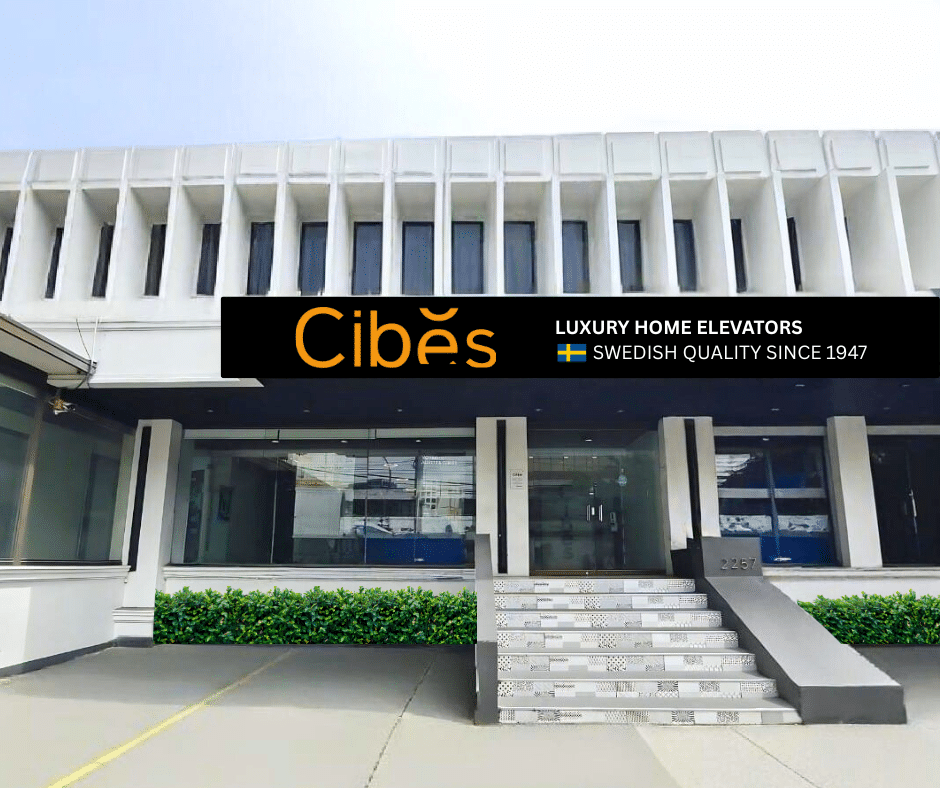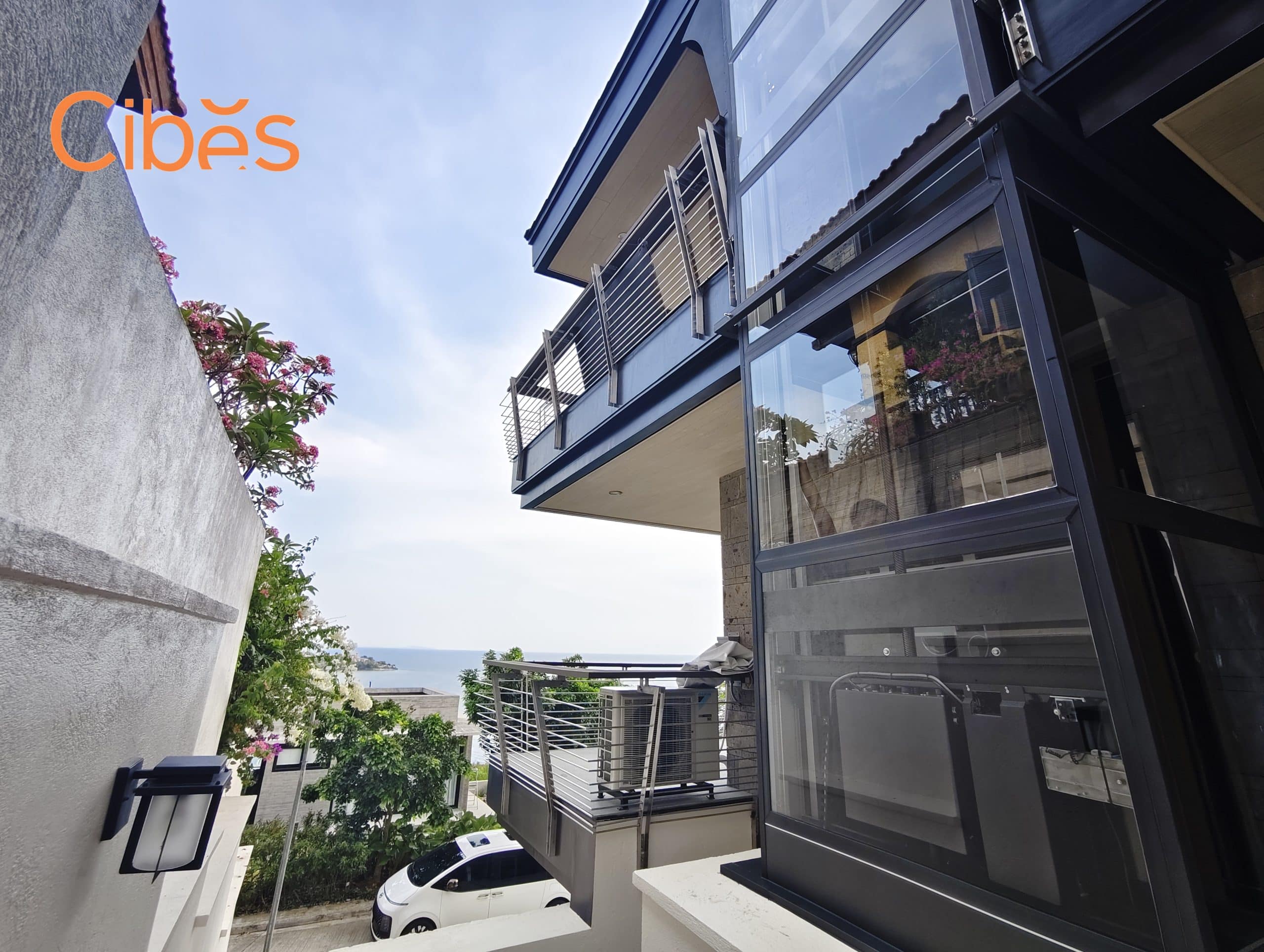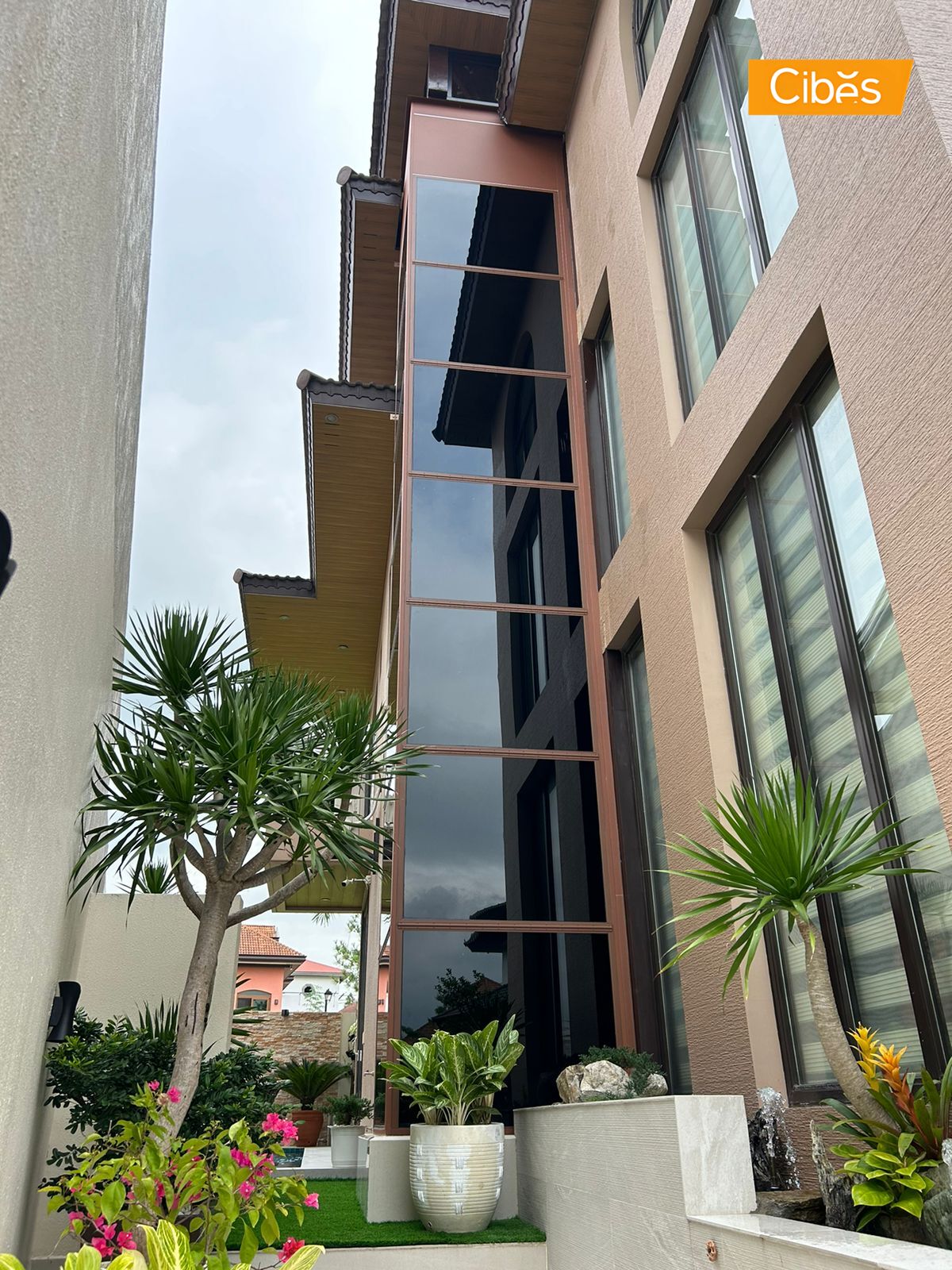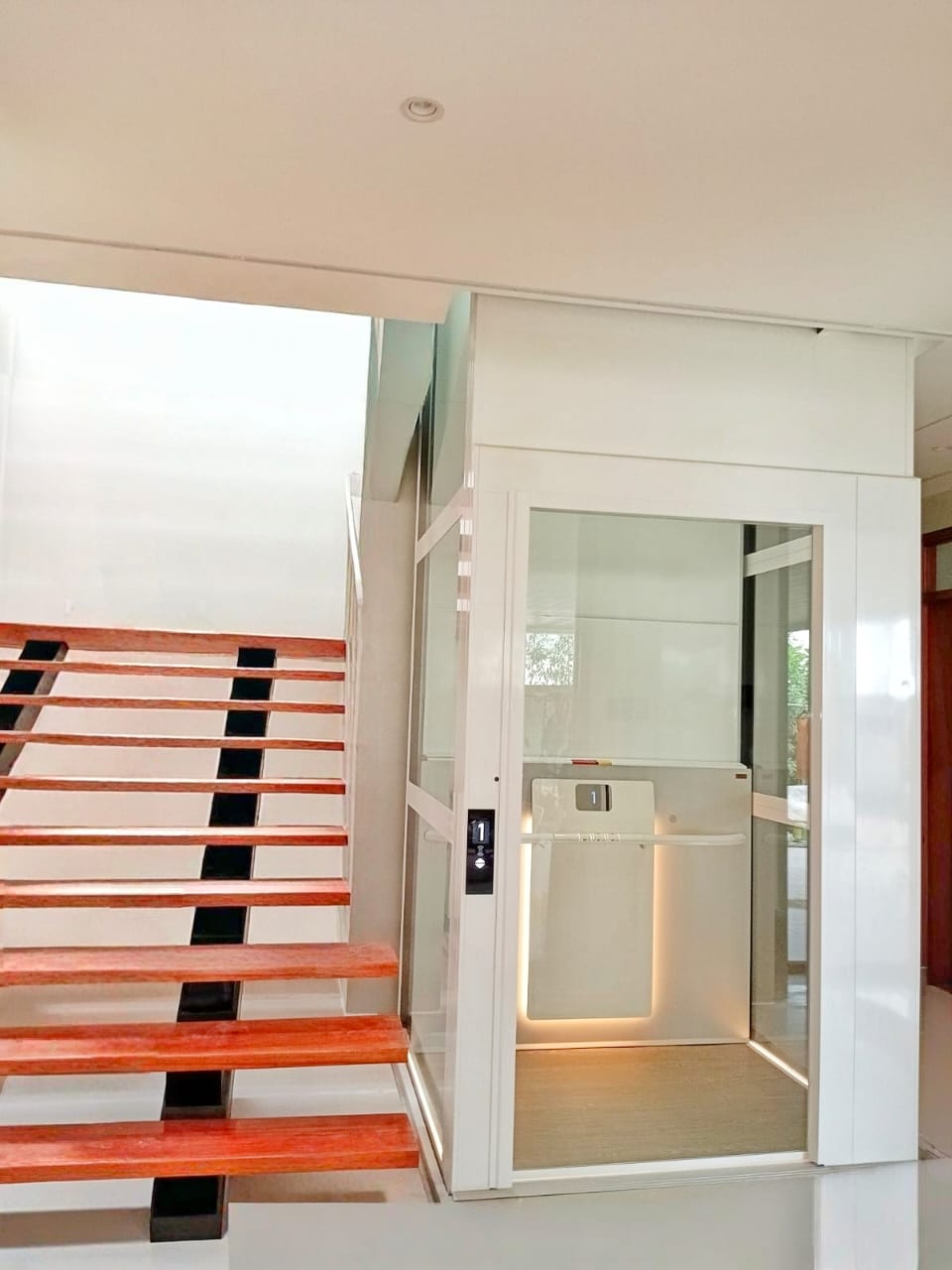Blog - 17/07/2025
Home Elevator Planning Guide: Pre-Installation Considerations and Decision Framework
Installation of a home elevator is among the most extensive home accessibility and luxury renovations you can install in your home. Still, it is heavily dependent upon precise elevator planning several months before any form of installation work is undertaken. Cibes Lift Philippines guides you through how to plan for a residential elevator installation, ensuring compliance with elevator requirements for buildings in the Philippines. In contrast to kitchen or bathroom remodels, elevator installations involve the additional issues of structural, electrical, and regulatory concerns that need to be thoroughly considered months before the first piece of gear arrives at your doorstep.
This master plan guide gets you started on making the important decisions and elevator framework that will render your elevator project a valuable enhancement or a costly disaster.
Elevator Planning for Long-Term Accessibility Needs
Before you even think about technical specifications or installation requirements, take a seat and realistically assess short-term and long-term accessibility needs for your family. This first step influences all subsequent decisions about elevator type, size, and functionality.
A recent home assessment involves determining who will regularly use the elevator and their specific needs. Consider family members in mobility devices, frequent elderly guests, and individuals with chronic conditions that will only get worse over time.
Document current difficulty with stairs, such as hours of the day that mobility is most limited and specific tasks that must be accomplished with the aid of another.
Future Planning Considerations entail looking ahead to the changes that will occur in the next 10-20 years. Are your aging parents coming to live with you? Do you have members of your household afflicted with progressive diseases? Will you remain in this house into old age? These considerations shape your elevator planning, affecting size, door width, and safety features to meet future needs.
Multi-user requirements become complex when there are family members in families with varying accessibility requirements. While some require wheelchair use, others simply require assistance with heavy loads. All these varying requirements opt for elevator systems that can serve all of them and not just make provision for the most obvious requirement.

Pre-Installation Planning for Structural Readiness
Residential elevators of today are very versatile, but some of life’s main structural realities severely impact installation cost and difficulty. Pre-installation planning with structural analysis by experts should be early in your planning, but an understanding of basic compatibility factors will serve to identify your first investigation.
Foundation and Basement Conditions will be of particular importance in installation options. Concrete slab foundations in residences may limit pit options, but basements with high ceiling space provide more latitude.
Accessibility to the crawl space, accessible utilities, and the foundation type all have a role in determining what elevator technologies will work for your situation.
Ceiling Height Analysis along potential elevator routes determines feasibility of different systems. Document ceiling heights for each floor the elevator will serve, including any zone where overhead equipment would be necessary. Flag any low-hanging fixture, duct, or structural member that would make installation problematic.
Electrical Capacity Assessment involves more than a quick glance at spare receptacles. Modern home elevators require dedicated electric circuits with specified amperage ratings. Older homes may have electrical panel upgrades or added new circuits installed before elevator installation. Include this potential added cost in your planning budget.
Regulatory and Permit Planning for Elevator Requirements
Home elevator installations are also governed by local building codes, accessibility codes, and safety legislation that vary significantly by region. Early elevator planning prevents holdups by ensuring compliance with elevator requirements for buildings in the Philippines.
Local Building Code Research begins with a call to your local building department to determine specific requirements for residential elevators in your locale. Cibes ensures your elevator meets Philippine building codes, including fire safety and accessibility standards. Certain jurisdictions have unique fire safety, emergency access, or accessibility compliance requirements that influence elevator selection and installation methods.
HOA and Community Restrictions may apply to master-planned communities, condos, or historic neighborhoods. Look for architectural regulations, noise restrictions, or approval processes that would affect your elevator installation. Submit applications early, as community approval processes take several months.
Budget Development and Elevator Installation Schedule
The installation costs of elevators extend well beyond the direct cost of acquiring the elevator, and an accurate breakdown of the budget prevents budget shocks that isolate projects in midstream.
Elements of Total Project Cost include elevator purchasing, delivery, installation labor, permits, structural changes, electrical, finishing materials, and contingency fund. Request itemized detailed quotations for every element rather than generic overall prices which hide probable add-on fees.
Financing and Timing of Payments are issues that impact project duration and cash flow. Most elevator firms have deposits upon order, progress payments during installation, and final payment upon project completion. Your elevator installation schedule should align payment milestones with project phases to manage costs effectively.
Hidden Cost Avoidance is an issue of asking specifically about potential additional expenses. Will specialized equipment or entry be needed for delivery? Are there additional charges for extended installation time as a result of permit issues or the weather? It is useful to be aware of the possibilities in establishing realistic budgets with the appropriate contingency provisions.
Elevator Framework for Project Coordination
Successful projects translate to coordination of numerous professionals, permits, and phases of construction with minimal impact on everyday life. Putting realistic schedules upfront prevents the need for last-minute decisions and enables good sequencing of project phases.
Pre-Installation Phase Planning usually takes between 2-6 months and involves the first consultation, structural surveys, permit applications, elevator selection, and site preparation. Rush this phase and you can anticipate delays or installation problems.
Post-Installation Considerations include final checks, system commissioning, user training, and warranty enrolment. Provide time for settling in after which period minor adjustments can be done as you learn how to use the elevator as a part of your daily routine.
Technology Selection in Your Elevator Framework
As there are various technologies involved in the construction of elevators, the choice of the suitable system requires compromises on performance parameters, installation parameters, and long-term operating conditions against your specific scenario.
Maintenance and Reliability Factors vary significantly among elevator technologies. Research long-term maintenance requirements, normal service intervals, and typical component lifetimes. Incorporate recurring maintenance costs into your total cost of ownership estimate.
Future Adaptability Considerations make your elevator capable of adapting to evolving needs. Choose systems that permit future modifications such as updating controls, expanded capacity, or increased accessibility without large-scale rebuilds.
Time to Finalize Your Elevator Planning
The best residential elevator installations are the product of thoughtful elevator planning that addresses all of these concerns before making commitments to specific systems or contractors. Cibes Lift Philippines offers expert guidance on how to plan for a residential elevator installation, ensuring a seamless process tailored to your home’s needs. Take your time to carefully analyze each of these aspects, consult more than one expert, and ensure everyone in the household understands the implications of your decisions.
Remember that although elevator technology has improved exponentially with installation now easier and less expensive than ever before, elevator planning remains critical to project success. Allow this planning process its rightful time and resources, and you will be able to reap the benefits of easy installation and years of trouble-free, convenient use of an elevator that really adds value to your home and life.
Cibes Lifts in Philippines Showrooms & Global Presence: Elevating Homes Worldwide Since opening in the Philippines in 2016, Cibes Lift Philippines has been redefining modern living with world-class Swedish home lifts. Built with Scandinavian engineering and trusted in more than 70+ countries, Cibes home lifts combine style, safety, and practicality. In the Philippines, families can […]
Organizing a large family event and already dreading taking everyone up the stairs? Or perhaps you have a multi-generational home where navigating between floors is an everyday obstacle course? If your place has more than one level but the stairs are now a hindrance rather than an entrance, a 5-person lift could be the solution […]
Are you under the impression that home elevators are only for millionaires and their mansions? Maybe you’ve heard otherwise that they’re unsafe, take up half of your home, or break down all the time. If you’ve considered putting in a home elevator but weren’t sure because of “information” you’ve “heard,” don’t worry – and chances […]
Cibes Home Lift in Iloilo: The Elegant Solution to Ocean, Typhoon, and Service Challenges Iloilo City, the “City of Love,” is where tradition meets modernity. As families build and renovate their dream homes, the desire for a living space that is both beautiful and functional has become a priority. Once seen as a luxury, a […]
You’ve been thinking about getting a home elevator, but there’s always that voice in your head going, “What if something goes wrong?” It’s totally normal to worry about safety – I mean, you’re thinking about installing something that’ll take your family across the floors of your home. Maybe you’ve heard so-called horror stories about elevator […]




















